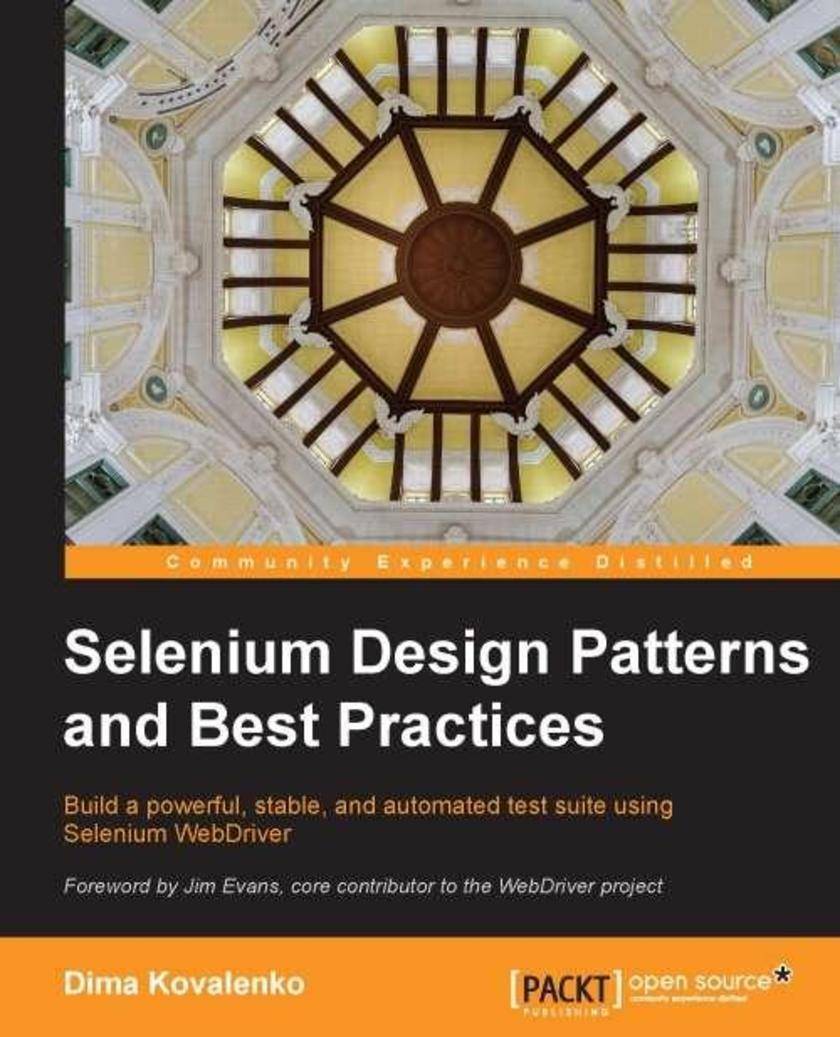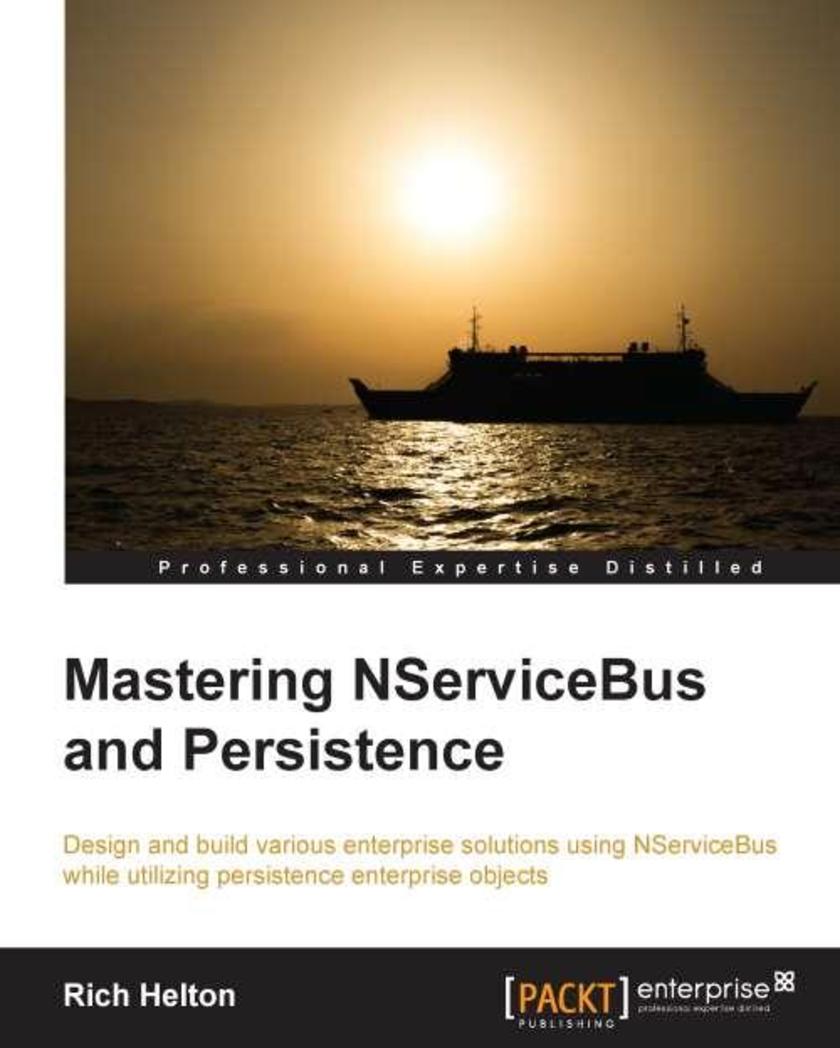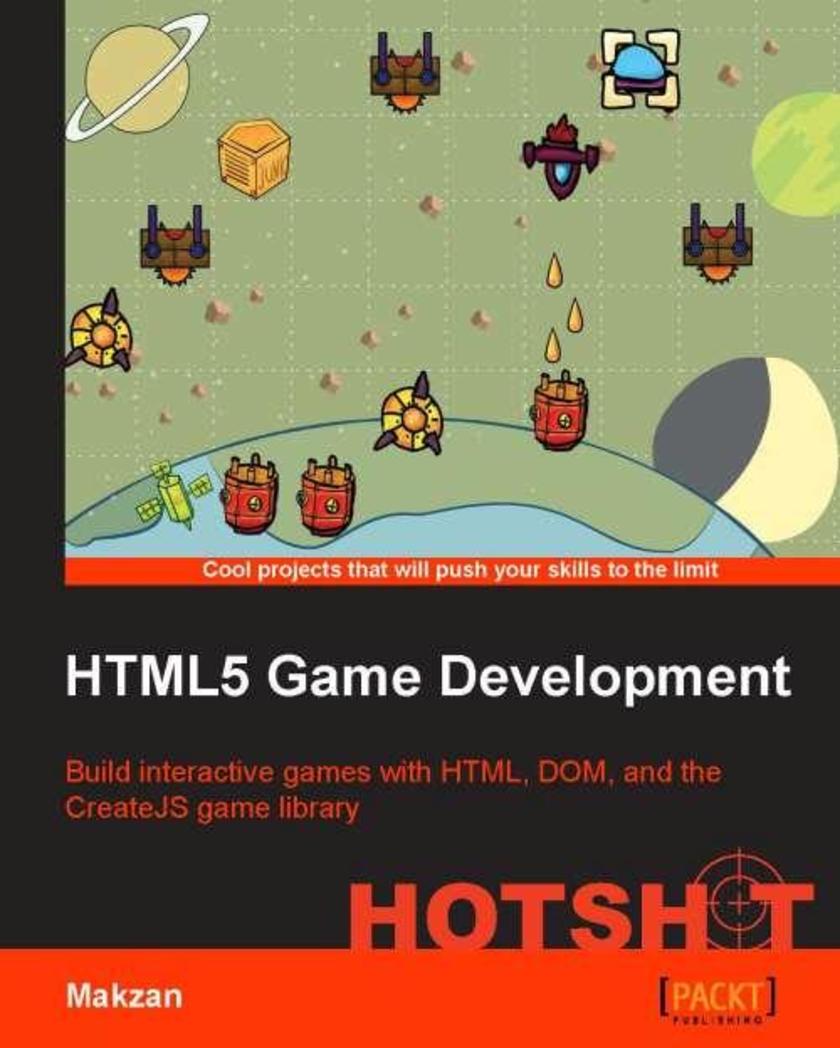
R Graph Essentials
¥71.93
This book is targeted at R programmers who want to learn the graphing capabilities of R. This book will presume that you have working knowledge of R.

Selenium Design Patterns and Best Practices
¥57.76
Whether you are an experienced WebDriver developer or someone who was newly assigned a task to create automated tests, this book is for you. Since the ideas and concepts are described in simple terms, no previous experience in computer coding or programming is required.

Mathematica Data Visualization
¥63.21
If you are planning to create data analysis and visualization tools in the context of science, engineering, economics, or social science, then this book is for you. With this book, you will become a visualization expert, in a short time, using Mathematica.

Microsoft System Center Configuration Manager Advanced Deployments
¥90.46
If you are an experienced Configuration Manager administrator looking to advance your career or get more from your current environment, then this book is ideal for you. Prior experience of deploying and managing a Configuration Manager site would be helpful in following the examples throughout this book.

LiveCode Mobile Development Cookbook
¥90.46
If you are a LiveCode mobile developer looking to improve your existing skills, add efficiencies to your code, or want a better understanding of LiveCode’s capabilities, then LiveCode Mobile Development Cookbook is a must-have for you. The reader should at least have a basic understanding of LiveCode and mobile application development.

Mastering D3.js
¥99.18
If you are a software developer working with data visualizations and want to build complex data visualizations, this book is for you. Basic knowledge of D3 framework is expected. With real-world examples, you will learn how to structure your applications to create enterprise-level charts and interactive dashboards.

Mastering DynamoDB
¥79.56
If you have interest in DynamoDB and want to know what DynamoDB is all about and become proficient in using it, this is the book for you. If you are an intermediate user who wishes to enhance your knowledge of DynamoDB, this book is aimed at you. Basic familiarity with programming, NoSQL, and cloud computing concepts would be helpful.

Apache Karaf Cookbook
¥65.39
This book is intended for developers who have some familiarity with Apache Karaf and who want a quick reference for practical, proven tips on how to perform common tasks such as configuring Pax modules deployed in Apache Karaf, Extending HttpService with Apache Karaf. You should have working knowledge of Apache karaf, as the book provides a deeper understanding of the capabilities of Apache Karaf.

Learning Neo4j
¥90.46
This book is for developers who want an alternative way to store and process data within their applications. No previous graph database experience is required; however, some basic database knowledge will help you understand the concepts more easily.

Testing and Securing Android Studio Applications
¥63.21
If you are a developer with some Android knowledge, but you do not know how to test your applications using Android Studio, this book will guide you. It is recommended that you are familiar with Android Studio IDE.

Mastering NServiceBus and Persistence
¥61.03
This book is intended for developers, designers, and architects alike who wish to build C# NServiceBus enterprise architectures and learn how ESB persists data and messages to help them attain their goals. No prior knowledge of persistence in NServiceBus is required.

Python Text Processing with NLTK 2.0 Cookbook Update
¥80.65
This book is intended for Python programmers interested in learning how to do natural language processing. Maybe you’ve learned the limits of regular expressions the hard way, or you’ve realized that human language cannot be deterministically parsed like a computer language. Perhaps you have more text than you know what to do with, and need automated ways to analyze and structure that text. This Cookbook will show you how to train and use statistical language models to process text in ways that are practically impossible with standard programming tools. A basic knowledge of Python and the basic text processing concepts is expected. Some experience with regular expressions will also be helpful.

HTML5 Game Development Hotshot
¥80.65
With a wide range of projects to build, this step-by-step guide will give you all the tools you need to create a variety of games. Whether you are familiar with the basics of object-oriented programming concepts, are new to HTML game development, or are familiar with just web design, this project-based book will get you up and running in no time. It will teach and inspire you to create great interactive content on the Web.

JIRA 6.x Administration Cookbook
¥90.46
A comprehensive guide, full of practical recipes with real-life JIRA administration challenges, solutions, and examples with illustrations from the actual application. If you are an administrator who will be customizing, supporting, and maintaining JIRA for your organization, this book is for you. Familiarity with the core concepts of JIRA is essential. For some recipes, basic understanding in HTML, CSS, and JavaScript will also be helpful.

Mastering Proxmox
¥79.56
This is not an instructional guide, but a practical, scenario-based book which guides you through everything you need to know in a practical manner by letting you build your own cluster. By the end of the book, you will have a fully functional Proxmox cluster setup at your disposal and have the knowledge to replicate virtualization solutions .If you already know what the word "virtualization" means and you are ready to stand out from the crowd equipped with the unique ability to design and implement a rock-solid virtualized network environment using Proxmox, then you have just picked up the only book you will need. Linux system administration experience together with knowledge of networking and virtualization concepts is assumed. This book is also useful if you are already using Proxmox and simply want to master its advanced features.

Cloudera Administration Handbook
¥99.18
An easy-to-follow Apache Hadoop administrator’s guide filled with practical screenshots and explanations for each step and configuration. This book is great for administrators interested in setting up and managing a large Hadoop cluster. If you are an administrator, or want to be an administrator, and you are ready to build and maintain a production-level cluster running CDH5, then this book is for you.

Arduino Home Automation
¥43.59
This book is divided into projects that are explained in a step-by-step format, with practical instructions that are easy to follow. If you want to build your own home automation systems wirelessly using the Arduino platform, this is the book for you. You will need to have some basic experience in Arduino and general programming languages, such as C and C++ to understand the projects in this book.

MongoDB High Availability
¥59.94
This book has a perfect balance of concepts and their practical implementation along with solutions to make a highly available MongoDB server with clear instructions and guidance. If you are using MongoDB in a production environment and need a solution to make a highly available MongoDB server, this book is ideal for you. Familiarity with MongoDB is expected so that you understand the content of this book.

Kali Linux CTF Blueprints
¥65.39
Taking a highly practical approach and a playful tone, Kali Linux CTF Blueprints provides step-by-step guides to setting up vulnerabilities, in-depth guidance to exploiting them, and a variety of advice and ideas to build and customize your own challenges. If you are a penetration testing team leader or individual who wishes to challenge yourself or your friends in the creation of penetration testing assault courses, this is the book for you. The book assumes a basic level of penetration skills and familiarity with the Kali Linux operating system.

Spring MVC Beginner's Guide
¥80.65
A step-by-step pragmatic approach to web application development using Spring MVC, with relevant screenshots and concise explanations. This book is aimed at helping Java developers who want to teach themselves Spring MVC, even if they have no previous experience with Spring MVC. It would be helpful to have a bit of familiarity with basic servlet programming concepts, but no prior experience is required.

Building Virtual Pentesting Labs for Advanced Penetration Testing
¥107.90
Written in an easy-to-follow approach using hands-on examples, this book helps you create virtual environments for advanced penetration testing, enabling you to build a multi-layered architecture to include firewalls, IDS/IPS, web application firewalls, and endpoint protection, which is essential in the penetration testing world.If you are a penetration tester, security consultant, security test engineer, or analyst who wants to practice and perfect penetration testing skills by building virtual pentesting labs in varying industry scenarios, this is the book for you. This book is ideal if you want to build and enhance your existing pentesting methods and skills. Basic knowledge of network security features is expected along with web application testing experience.




 购物车
购物车 个人中心
个人中心



